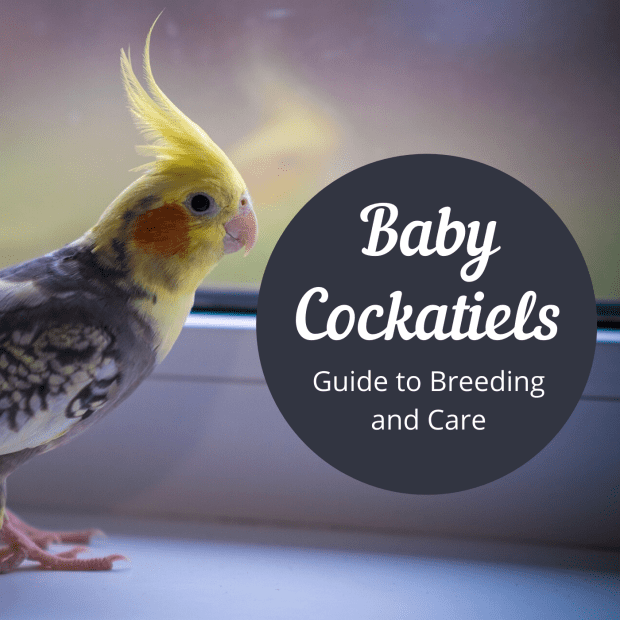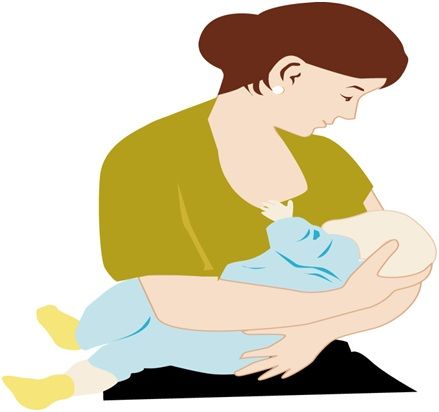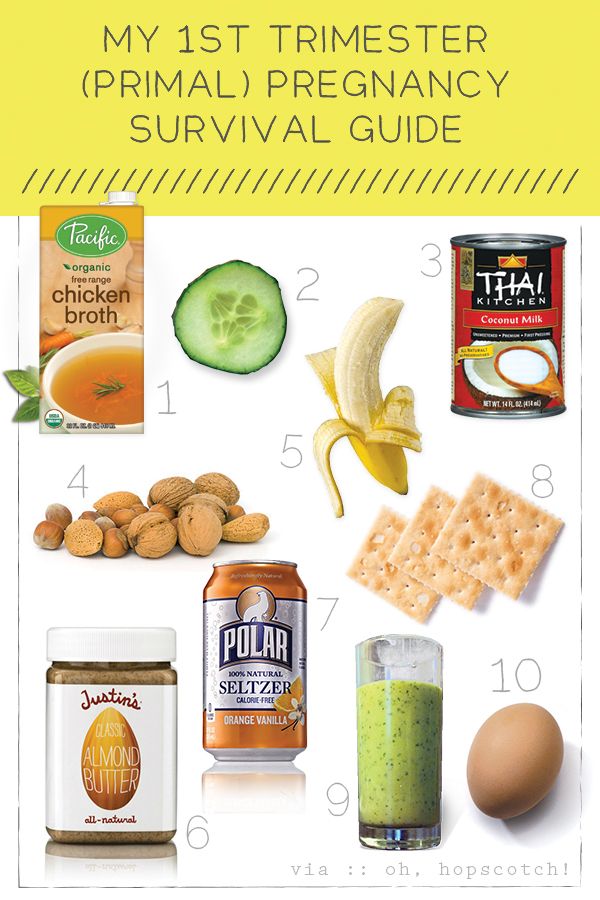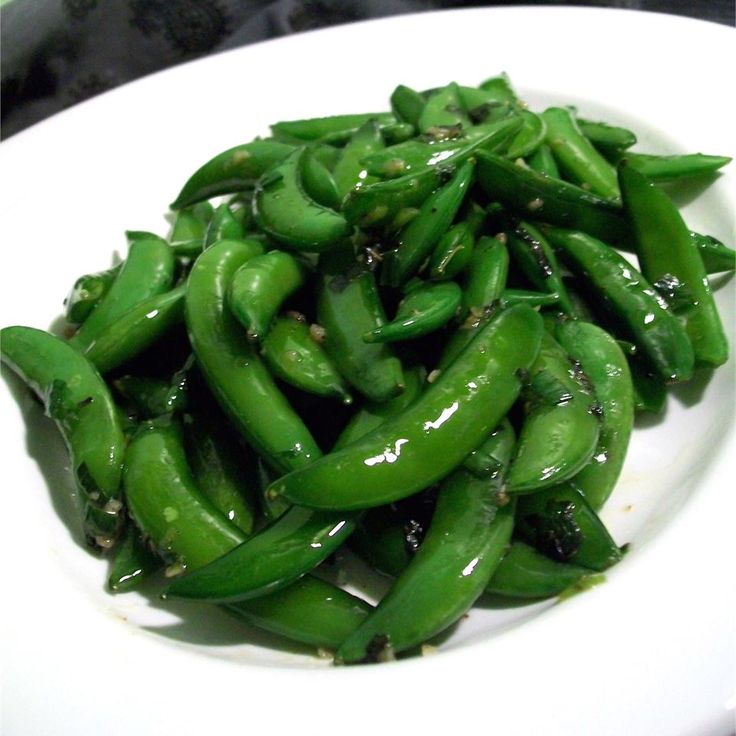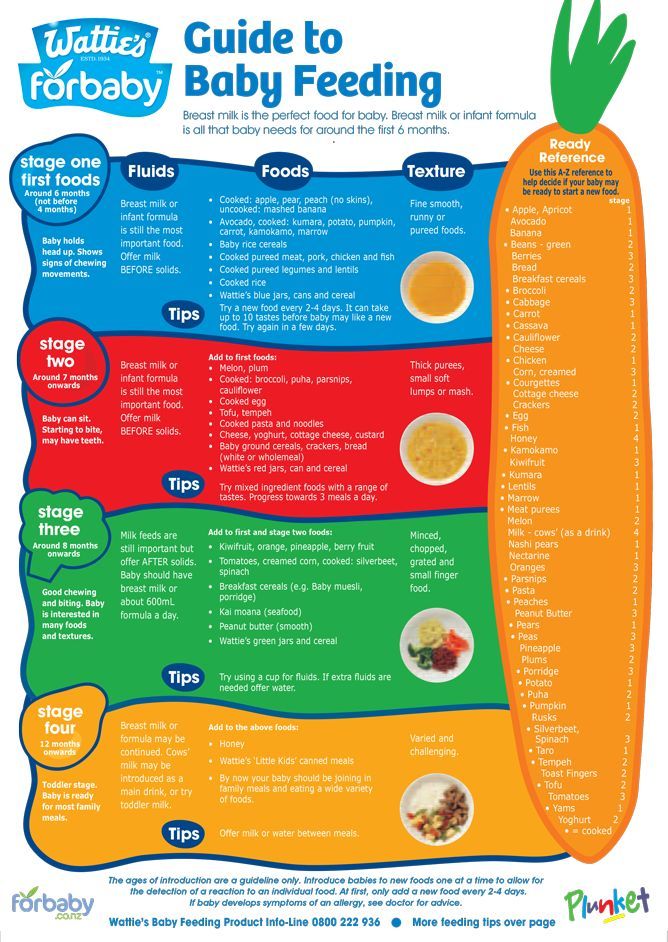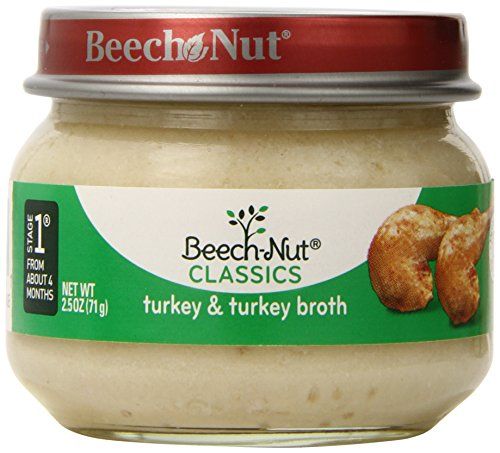How often to feed baby cockatiel
Protocols for the hand-raising and care of cockatiels (Nymphicus hollandicus)
Corina Gardner
Introduction
Cockatiels (Nymphicus hollandicus) are native to Australia and were first identified in the mid 1700’s. It is unclear when they were first imported out of Australia, but they were found in Europe in the 1800’s and have been exported to all parts of the world in the last few decades. They have been bred in captivity for over a hundred years now.
Cockatiels are intelligent, gentle and playful birds. They are usually very inquisitive and will thoroughly investigate anything everything that is around them. Individual cockatiels have very distinct personalities, behavior traits, and their own likes and dislikes. For example, grinding its beak indicates that the bird is sleepy and relaxed. These gregarious birds make one of the most popular pet birds today.
Cockatiels are naturally sociable birds and enjoy human contact. Hand-reared cockatiels are particularly easy to tame. Even cockatiels which have not really had very much human interaction but have been introduced into the company of humans adjust very well. Our cockatiels greet us when we get home by whistling and calling out. Most pet cockatiels even enjoy eating when their owners are having their meals. They crave attention and have a distinct call when they don’t want you to walk away from them. They can sometimes be incorrigible. If they are aware that they a particular behavior will annoy you, then that’s precisely what they will do.
General Guidelines for hand-rearing baby cockatiels
Often, young and inexperienced parents may abandon their nests and refuse to feed baby birds. Such a situation would demand immediate intervention and you will have to care for the baby birds yourself. If there happens to be another pair of cockatiels with a brood of chicks of a similar age, then chances are that the parents may accept and care for the abandoned chicks.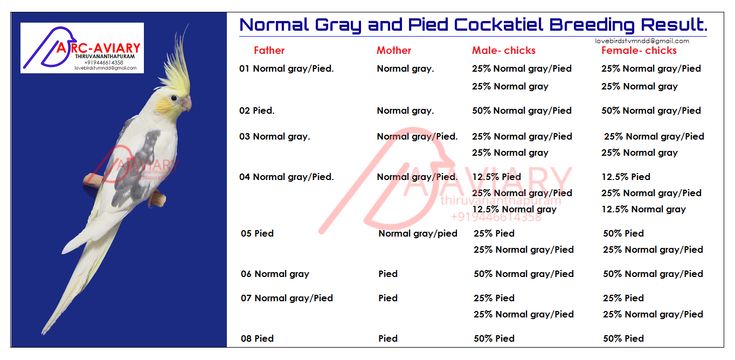 Regrettably, this is seldom the case.
Regrettably, this is seldom the case.
Hand-rearing a baby cockatiel is an extremely challenging and time consuming task that requires absolute dedication and patience. Baby cockatiels, which are also commonly called pinkies, are extremely delicate and fragile and therefore require immense amount of diligence while handling. As this is the most vulnerable part of their lives, special care must be taken to ensure the survival of these baby birds.
Feeding and hygiene
A disposable syringe, which is easily available in most medical stores, can be used for feeding the young birds. If unavailable, then the next best alternative would be to use an eye dropper or a plastic teaspoon. The slender tip of the spoon can be dipped in boiling water and then bent make a funnel, thus making it easy to use for hand feeding.
After feeding, the feeder (spoon, syringe or dropper) must be rinsed with warm water to remove any bacteria. Mild soap or detergent can be used to clean the feeder; however, it must be washed thoroughly so that no soap residue remains.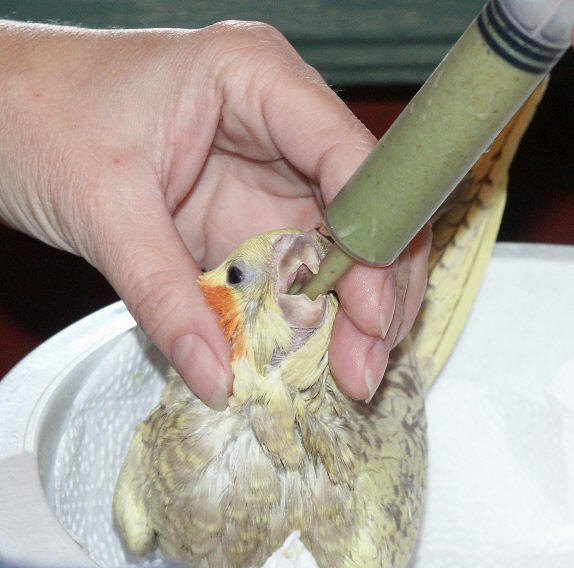
Baby bird formulae, for example, Kaytee Exact, available in most pet stores would be an ideal feed. However, as it is not easily available in India, baby formula like Cerelac can be used instead. If however neither of these is available, then a piece of bread can be crumbled in lukewarm milk and fed to the young birds - but I would only use this as a last resort. The formula must be prepared in a glass container as plastic containers tend to harbor bacteria. The consistency of the formula should be similar to that of a soft pudding – neither too thick, which would make it difficult for the baby to swallow and it may choke, nor too diluted as the baby could inhale the formula into its lungs causing aspiration. The formula must only be heated adequately before feeding the baby. Formula that is too hot will scald the baby bird’s crop, causing crop burn. Crop burn is the scalding of a chick’s crop and esophagus. For the same reason, formula must never be heated in a microwave. On the other hand, formula that is cold will cause sour crop. Sour crop is a condition in which the formula in the baby’s crop has gone bad and the contents of the crop has not emptied.
Sour crop is a condition in which the formula in the baby’s crop has gone bad and the contents of the crop has not emptied.
The baby bird can be placed on a napkin or towel on a table or kitchen counter and held gently while feeding. The aim is to emulate the parent bird as much as possible. Parent birds tap on the baby bird’s beak to stimulate the feeding response. So, gently tap the bay bird’s beak with the feeding instrument in a similar manner to encourage the feeding response. The feeding response is when the baby gapes for food, bobbing its head up and down. Parent birds then feed their chicks by inserting their beaks at an angle, through the side of the baby’s mouth. They then regurgitate the food deep into the baby bird’s mouth. Therefore, insert the tip of the feeding syringe at an angle at either sides of the baby’s beak. Press the plunger slowly, stopping every now and then, so as to allow the baby time to swallow. The speed of feeding must never be hastened. Enough time must be allowed for the baby to swallow its food before pressing on the plunger any further.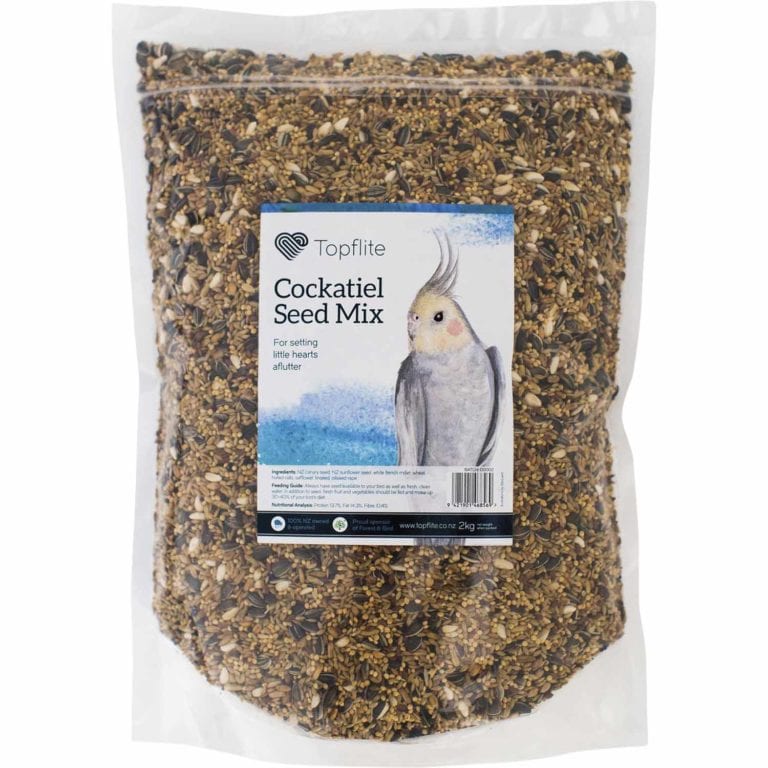 Once its crop is full, not over-extended, and it has had enough to eat, the baby will stop gaping and refuse to open its beak. Feeding must be stopped immediately. Over feeding can cause formula to flow into the throat and down its windpipe, which can be life threatening. The baby must not be forced to feed when it is reluctant to accept food. The beak and feathers of the baby must be wiped gently with a warm, damp cloth after feeding.
Once its crop is full, not over-extended, and it has had enough to eat, the baby will stop gaping and refuse to open its beak. Feeding must be stopped immediately. Over feeding can cause formula to flow into the throat and down its windpipe, which can be life threatening. The baby must not be forced to feed when it is reluctant to accept food. The beak and feathers of the baby must be wiped gently with a warm, damp cloth after feeding.
1-7 day old baby
New born cockatiels are born totally helpless, eyes closed, pink with a few downy feathers.
Ideally, feeding should start at 6 a.m. and continue until midnight. The baby should be fed every 2 hours. A day old chick would require approx 1 ml of formula per feed, which can be gradually increased to 2 ml by the 4th day and 3 ml by 7th day. It is unnecessary to give the baby any additional water as they receive sufficient fluids in their feed itself. It is unnecessary to feed the baby at night as in nature, parent birds as well as their babies sleep at night.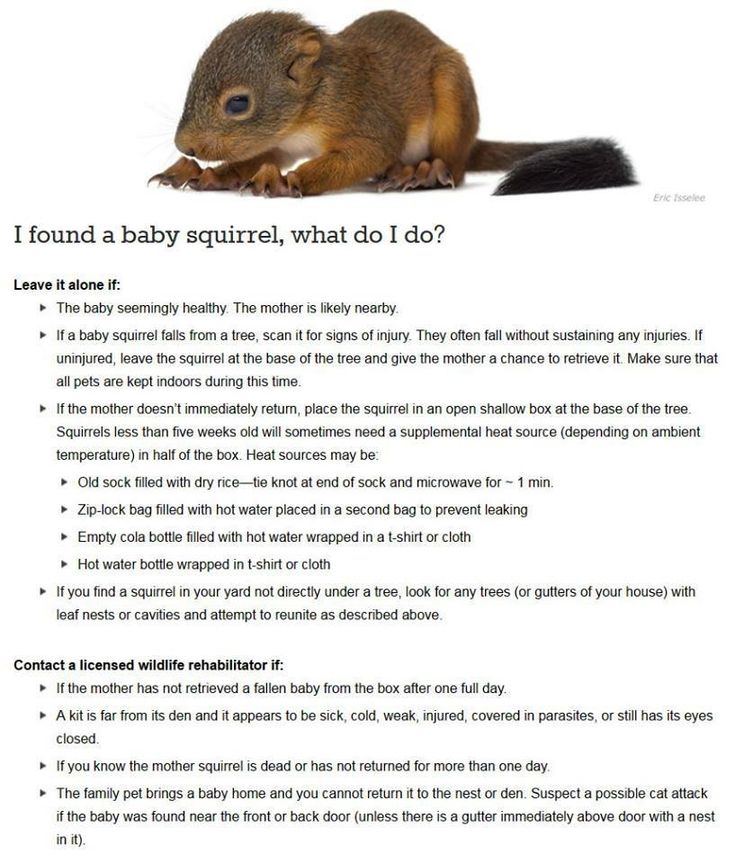
2-3 weeks
Pin feathers begin to erupt in the second week of the baby’s life & the eyes usually open around the 8th -10th day.
The baby can be fed every 3 hours. The feed quantity must be increased to 4-5 ml per feed. Feeding must still begin by 6 a.m., however, the last feed could be given by 10 p.m.
3-4 weeks
The baby still has a few pin feathers.
The formula should now be of a thicker consistency and the feed quantity can be increased to 6 ml per feed. The frequency of feeding can be decreased to a feed every 4-5 hrs. The baby’s crop usually empties within 4 hrs. A crop that remains full or does not empty completely within that time indicates that there is a problem. The crop is a muscular pouch near the throat of the baby bird that is used to store excess food for subsequent digestion.
4-5 weeks
The baby birds start to develop flight feathers by this age and are now called fledglings. They also start foraging (searching for food) themselves by this age. Feed quantity can now be increased to 8 ml per feed and the frequency of feeds can be decreased to 2-3 feeds a day. The weaning process must begin by the time the baby is 5 weeks old.
Feed quantity can now be increased to 8 ml per feed and the frequency of feeds can be decreased to 2-3 feeds a day. The weaning process must begin by the time the baby is 5 weeks old.
Weaning foods such as greens, bits of toast and bread, crushed and grated boiled eggs (along with the shell) and cream cracker biscuits can now be offered to the young birds. This mixture is an easily digestible substitute and ideal during rearing of young birds. Mixed bird seeds such as millet (durra), foxtail millet (kheri), finger millet (ragi), sunflower seed, etc. should also be given to the birds.
6-7 weeks
The young bird is quite independent now and it’s time to transfer the bird to a cage. Although they feed well by themselves at this age, they must be watched vigilantly to ensure they are eating well. If necessary, feedings can be continued once or twice a day.
Mixed bird seed, which is available in most pet stores, should also be given to the bird. In the event that bird seed is unavailable then large millet seed (bajra), finger millet (ragi), foxtail millet (kheri), sunflower seed (suraj mukhi), safflower (beni or kardi) seed, pumpkin (kaddu) seed, boiled maize (makki) and soaked gram (chana) can be provided. It’s always advisable to offer the young birds entire or un-hulled seeds as hulled seeds tend to decay and mold. Seeding grass, French beans, and carrots are always a welcome treat as well. Green leafy vegetables such as lettuce, mustard sprouts, millet sprouts and fenugreek (methi) leaves is essential along with other weaning foods. By 8 weeks of age, the bird should be completely weaned.
It’s always advisable to offer the young birds entire or un-hulled seeds as hulled seeds tend to decay and mold. Seeding grass, French beans, and carrots are always a welcome treat as well. Green leafy vegetables such as lettuce, mustard sprouts, millet sprouts and fenugreek (methi) leaves is essential along with other weaning foods. By 8 weeks of age, the bird should be completely weaned.
Foods that are toxic for cockatiels include apple pips, avocado (makhanphal), cherries and peaches (aadu). Never give your birds chocolate, as it may make your bird seriously ill.
In the event that the bird suffers an upset stomach or diarrhea, indications of which include watery green droppings, a pinch of Ridol or Kaltin or any other binding tablet can be crushed and mixed in a half container of water and offered instead of plain drinking water.
Grit, which is a mixture of sand and stones, and cuttle-bone, which is rich in calcium and phosphates, should be given to the birds periodically.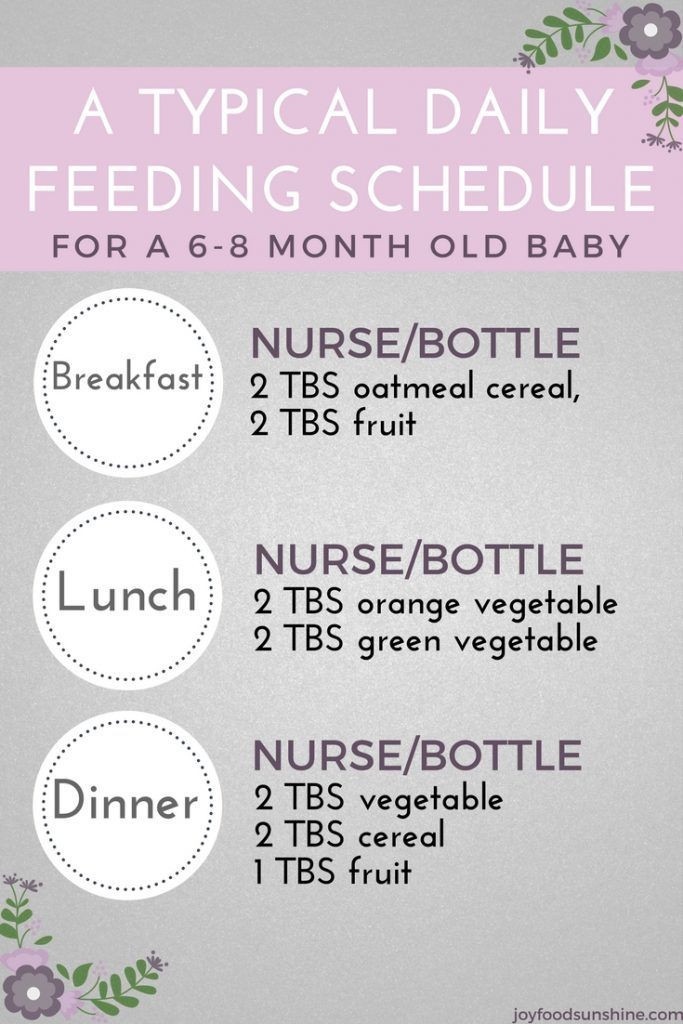 Clean, fresh drinking water must be provided daily. The feed and water containers must never be placed directly beneath perches as the bird’s dropping will foul the contents.
Clean, fresh drinking water must be provided daily. The feed and water containers must never be placed directly beneath perches as the bird’s dropping will foul the contents.
It’s also a good practice to provide a shallow dish for the birds to bathe in. Another option would be to use a spray mister (plant atomizer mister), filled with warm water, not hot water. Many a time you’ll find your bird flapping its wings and hanging upside down from its perch, this usually indicates that the bird wishes to bathe. You will know that he is enjoying his bath when he puffs out his feathers, raises both his wings up and away from his side and leans forward.
Housing the young birds
A shoe-box or small cardboard box with adequate holes for ventilation, a wicker basket or even a small aquarium may be used to house the young birds. The box can be lined with a soft towel at the base and a few layers of tissue papers on top of the towel, making it easy to change the paper towels when dirty. The box must be placed in a warm, dry place, preferably near a source of warmth. A heating lamp, with a light bulb of maximum 40 watts, can be placed above the box. The lamp must be placed at least 12” away from the box. The ideal temperature for the baby birds would be about 35.5° Celsius (or 96° Fahrenheit). Again, it is crucial to be vigilant and ensure that the baby is not being overheated. A clear indication of overheating would be when the baby’s beak is open (as if panting) and wings are held away from its body. On the other hand, if it’s huddled and shivering, it is not receiving enough warmth. At night, partly cover the box with a light towel to keep out the light from the heating lamp and thus enable the baby to sleep.
The box must be placed in a warm, dry place, preferably near a source of warmth. A heating lamp, with a light bulb of maximum 40 watts, can be placed above the box. The lamp must be placed at least 12” away from the box. The ideal temperature for the baby birds would be about 35.5° Celsius (or 96° Fahrenheit). Again, it is crucial to be vigilant and ensure that the baby is not being overheated. A clear indication of overheating would be when the baby’s beak is open (as if panting) and wings are held away from its body. On the other hand, if it’s huddled and shivering, it is not receiving enough warmth. At night, partly cover the box with a light towel to keep out the light from the heating lamp and thus enable the baby to sleep.
It must be noted that the purpose of the lamp is to provide warmth alone, and not light, and it must never interfere with the natural light patterns and disrupt the baby bird’s sleep cycle. In nature, cockatiels nest in hollow tree trunks in wooded areas, where not much light enters. Even when in captivity, the parent bird sits on the baby, shielding it from most of the light. The heating lamp may be discontinued after the baby crosses 2-3 weeks of age and is covered with its first layer of feathers.
Even when in captivity, the parent bird sits on the baby, shielding it from most of the light. The heating lamp may be discontinued after the baby crosses 2-3 weeks of age and is covered with its first layer of feathers.
Ants are a real danger to baby birds and can fatally hurt them. It must be ensured that there are no ants in the vicinity of the bird.
Once shifted to a cage, it must be ensured that the cages are spacious enough to allow free movement between perches. Perches should be placed just above the floor of the cage so that the bird can easily climb onto them. The cage must be located in a well lighted location with a source of natural light such as sunlight. Avoid exposing the birds to a cold breeze or draught, especially at night, as this causes chills and other health problems.
Fresh, natural branches of Indian lilac or neem (Azadirachta indica)and other trees should be provided as perches as this helps to keep the feet and claws of the birds healthy and strong. It not only strengthens their jaws and sharpens their beaks but keeps them occupied as well. Birds are otherwise prone to boredom and feather plucking.
It not only strengthens their jaws and sharpens their beaks but keeps them occupied as well. Birds are otherwise prone to boredom and feather plucking.
It’s advisable to cover the cage with a cloth at night as it gives the bird a feeling of security. If you get too near the cage at night, you might find him hissing. This is a fine demonstration of his protest to your invading his personal space and literally translates as, “don’t get in my face”. Beak-banging is a common male cockatiel trait that indicates he is looking for attention.
Clipping toenails
In the wild, birds’ nails are naturally smoothened out on a range of surfaces but this may not the case in captivity. However, if it transpires that your bird’s nails have grown too long then clipping them becomes inevitable.
Overgrown toenails are likely to get caught on a perch, cage wire, tray or fabric. This can cause deep discomfort, distress and even injury to your bird. Clipping a bird’s nails is a traumatic event at the best of times, both for the bird and the owner, and so it must only be done when the bird’s nails are very overgrown.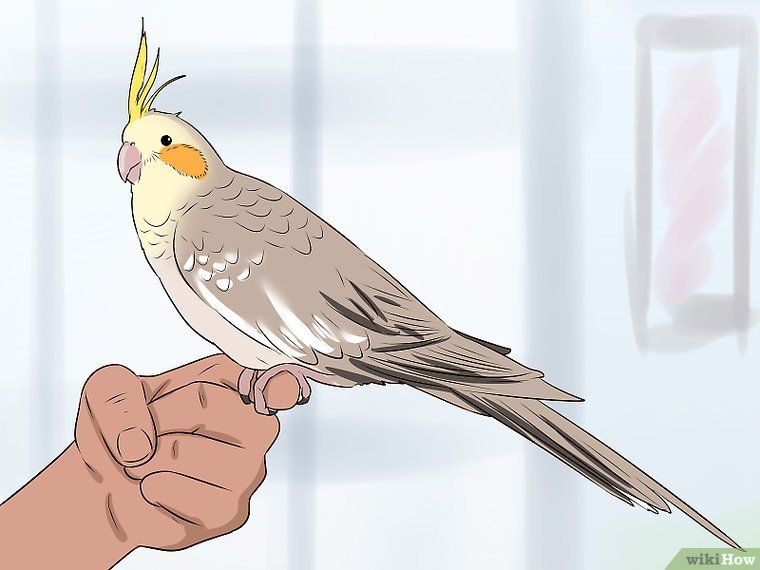
Special nail clippers, which have a rounded edge, should be used to trim the nails of your bird. Take care to only clip the tip of the nail, clipping too much will cause the toe to bleed. If the toe starts to bleed, Nebusulf powder which contains the antibiotic Neomycin, must immediately be applied to the wound.
Sexing Cockatiels
Both males and females look remarkably alike especially until they reach sexual maturity. One way to distinguish between the sexes is that the males sing and whistle while the females don’t. Males have bright orange patches on their cheeks, while females have duller patches. Another distinguishing aspect is that females have pale yellow/white dots on the underside of their wings and yellow/white barring on their tails. Males simply do not have this characteristic.
Cockatiels are not generally aggressive and have a good natured disposition. However, in the event that male cockatiels are kept together in a cage, there is a possibility of the dominant male pecking the more timid male, perhaps even preventing it from eating.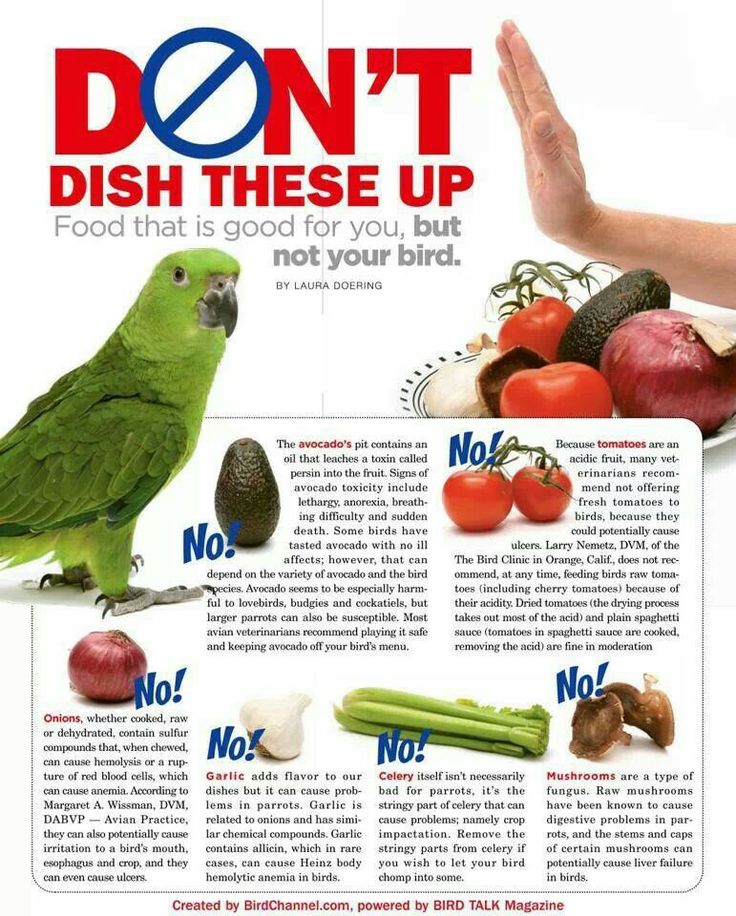 The solution would be a larger cage with two food trays and two water trays. If however, the dominant male continues pecking the timid male, than separate the birds into different cages.
The solution would be a larger cage with two food trays and two water trays. If however, the dominant male continues pecking the timid male, than separate the birds into different cages.
Egg binding
Egg binding is a medical condition when a female bird is unable to expel an egg. Egg binding can pose a serious threat to cockatiels. Younger females are at a greater risk of dying from egg binding. In the event that a female cockatiel is suddenly puffed-up and listless, it is quite likely due to egg-binding.
The female must immediately be placed in a small cage or shoe-box and provided with additional warmth. A heating lamp would be ideal. Castor oil or even cooking oil can be gently applied in to the birds vent or cloaca, with a Q-tip (a cotton bud) to lubricate the area and facilitate the passing of the difficult egg. One drop of castor oil given orally will also help the passage of the egg. If these basic requirements are provided it is unlikely that the bird will suffer any serious health issues.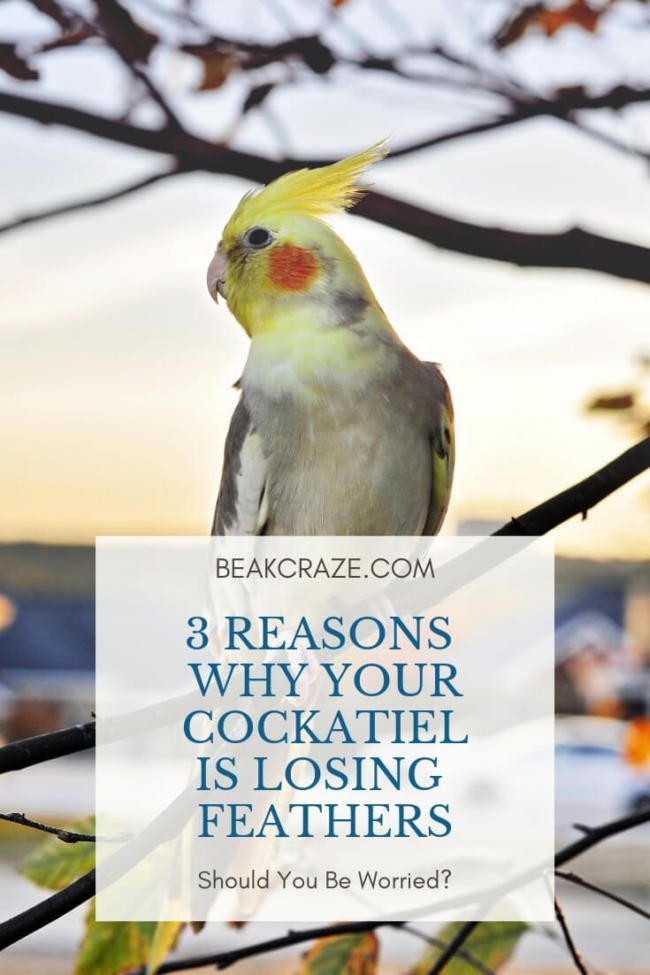
Breeding
Cages for breeding cockatiels should be an average size of 20”X20”X50”. The nest-box in the breeding cage should be 9”X11”X12” with a 2” opening. The nest-box can be mounted on the outside of the cage. Most cages now come equipped with a small door at the side of the cage which can be used as an entry to the nest-box. If on the other hand birds are housed in aviaries then the box can be placed inside the aviary itself. Nesting material should consist of pine shavings, shredded paper & freshly cut grass.
Cockatiels live for an average of 15-20 years in captivity and breed well in captivity. Males mature by 12 months of age while females mature by 18 months of age. When a female cockatiel is ready to mate she will sit low on a perch with her tail in the air while emitting a peeping sound while males will tap their beaks on the cage to gain the female’s attention. The eggs are laid a week after mating. The eggs hatch after a period of 21 days. Cockatiels usually lay a clutch of 4-8 eggs, twice a year.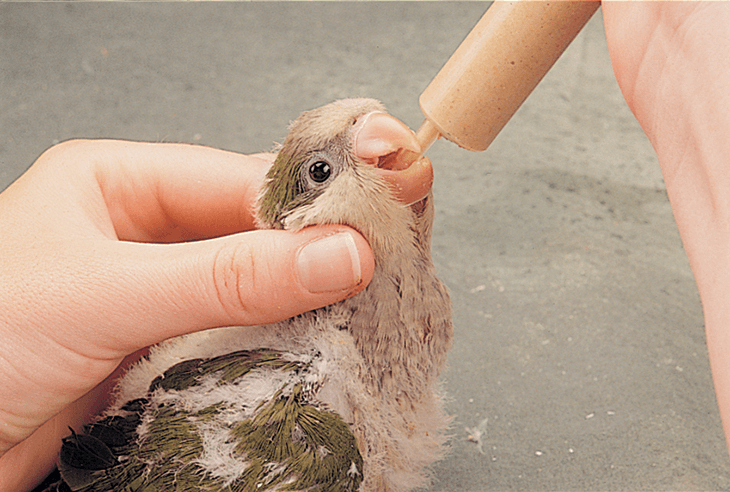
Freeing cockatiels
Freeing cockatiels is just not an option as they will surely be attacked and killed by other predatory birds such as hawks, kites, shikras, crows, etc. as they are vulnerable and unable to fend for themselves. They will also be vulnerable to other predators such as cats, snakes, rats, etc. unless they can find themselves a safe place to roost.
In the wild, cockatiels forage for grain (usually on farms), feed on grass seeds, leaves, vegetables and fruit. Locating such food sources, especially in environments they are not native, would be extremely difficult. Needleless to say, this would be even more difficult in a city.
References
Barrie, A. (1997) Guide to owning a cockatiel. T.F.H. Publications, New Jersey
Grindol, D. (1998) The complete book of cockatiels. Howell Book House, New York
Grindol, D. (2001) Cockatiels for dummies. For Dummies, New York
Mancini, J.R. and Haupt, T. (2008) Cockatiels (Complete pet owner’s manuel).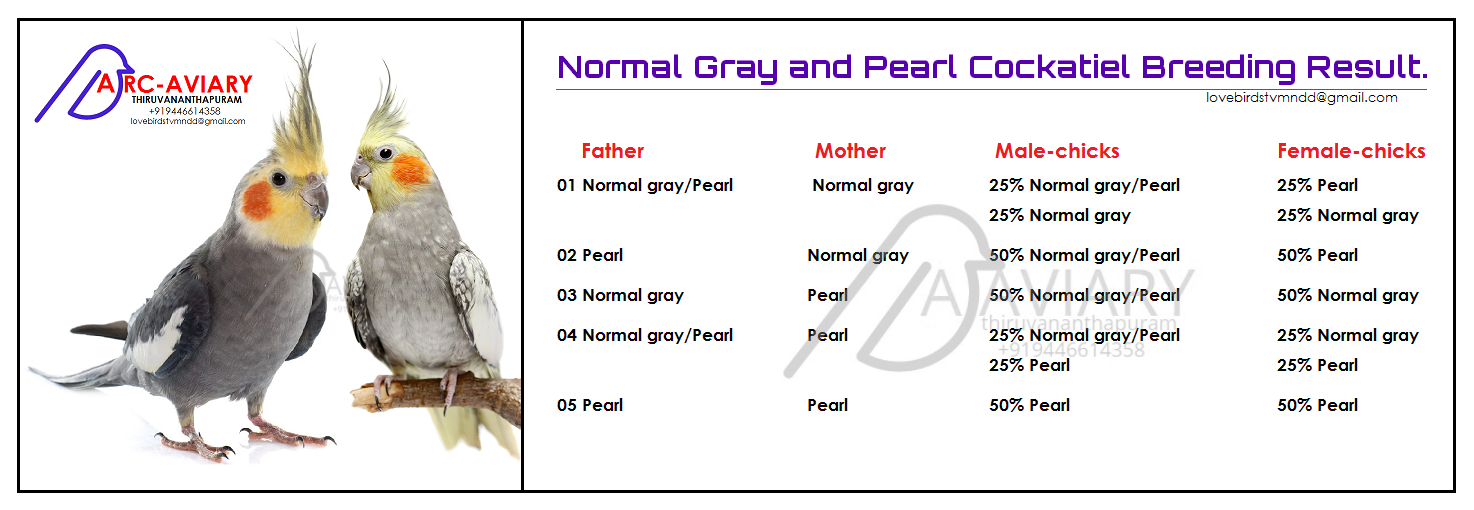 2nd Ed. Barrons Educational Series, New York
2nd Ed. Barrons Educational Series, New York
Photographs used
Lucy. Female cockatiel.
Available from:
http://www.cockatiel-birds.com/parrot/7055/female_cockatiel
[Accessed: 21/11/2011]
Corina Gardner. Bent spoon feeder.
Corina Gardner. Juvenile cockatiel.
Devna Arora. Disposable syringe feeder.
Brett Donald. Adult male.
Available from:
http://www.flickr.com/photos/bdonald/3032933616/
[Accessed: 23/11/2011]
Dylan Ashe. Feeding a baby cockatiel.
Available from: http://www.flickr.com/photos/ackook/page49/
[Accessed: 23/11/2011]
Dylan Ashe. New born cockatiel.
Available from: http://www.flickr.com/photos/ackook/page49/
[Accessed: 23/11/2011]
Dylan Ashe. 1 week old cockatiel. Available form:
http://www.flickr.com/photos/ackook/504676509/in/photostream
[Accessed: 23/11/2011]
Dylan Ashe. 3 weeks old cockatiel.
Available form: http://www.flickr.com/photos/ackook/page48/
[Accessed: 21/11/2011]
Dylan Ashe. 4 weeks old cockatiel.
4 weeks old cockatiel.
Available form: http://www.flickr.com/photos/ackook/page48/
[Accessed: 21/11/2011]
Dylan Ashe. 5 weeks old cockatiel.
Available form: http://www.flickr.com/photos/ackook/page47/
[Accessed: 21/11/2011]
Lianne. Enjoying a mist bath.
Available from: http://www.flickr.com/photos/ysaleth/2834585666/
[Accessed: 26/11/2011]
Matrixphere. Cockatiel bathing. Available from:
http://www.flickr.com/photos/matrixphere/73109842/
[Accessed: 26/11/2011]
Ulf Gotthardsson. Cockatiel foraging. Available from:
http://www.flickr.com/photos/ulfgotthardsson/2981225192/sizes/l/in/
set-72157608229228990/
[Accessed: 21/11/2011]
Further reading
Excellent photographs on the entire stage of cockatiel chick development by Dylan Ashe can be viewed through the following links
http://www.flickr.com/photos/ackook/page47/
http://www.flickr.com/photos/ackook/page48/
http://www.flickr.com/photos/ackook/page49/
Cockatiel Mist Bath by 3sugarbeans
http://www. youtube.com/watch?v=pA47Mpn05YQ
youtube.com/watch?v=pA47Mpn05YQ
Cockatiel Bath Time! by m4tt1600
http://www.youtube.com/watch?NR=1&v=kWCPDMHaeGU&feature=endscreen
Edited by Devna Arora
Published in 2011
How Often Do Newborn Cockatiel Birds Eat? | Pets
i Ablestock.com/AbleStock.com/Getty Images
After the newborn chick hatches, it takes nourishment from the yolk sac. In ideal situations, the parents begin feeding the chick 8 to 12 hours after hatching. In the event the parents do not properly feed their chicks, the breeder may need to step in and hand feed the babies.
Day One through Week One
Cockatiel babies are very delicate after hatching, and should be left with their parents if at all possible. In the event you have to intervene, the first two feedings should be a mixture of Pedialyte and probiotics. After that, you can feed the babies with the brand of formula you prefer. The formula should be mixed according to the manufacturer's instructions and the temperature of the formula should be between 102 and 104 degrees Fahrenheit. Achieve this temperature range should by using very hot water and allowing the mixture to cool to the proper range. Never microwave formula, as it can have hot spots that will burn the baby's crop. The babies should be fed every two hours around the clock for the first four days of life, and every three hours around the clock on days five through seven.
Achieve this temperature range should by using very hot water and allowing the mixture to cool to the proper range. Never microwave formula, as it can have hot spots that will burn the baby's crop. The babies should be fed every two hours around the clock for the first four days of life, and every three hours around the clock on days five through seven.
Week Two
The second week of life, cockatiel chicks need to be fed every four hours. The babies can go approximately eight hours overnight without being fed. At this stage, the cockatiels will begin begging loudly for food, making it easy to overfeed them. Four to six milliliters should be enough to fill the crop at this age.
Week Three
Week three is a week with significant growth and change. During this week cockatiel chicks can be fed every five hours, and be fed up to 10 milliliters at each feeding. The chicks should not go more than eight hours overnight without being fed, so adjust your feeding schedule accordingly.
Week Four
Roughly around the fourth week of life, cockatiels will begin to take interest in millet spray and seeds. Much of what they attempt to eat is wasted, as they perfect the art of cracking open seeds. Hand-feedings can be reduced to three times a day by the end of week four, and the young cockatiels will eat as much as fifteen milliliters per feeding.
Weaning
It is best to let cockatiels self-wean, and continue one to two feedings a day until they are clearly eating on their own and not reliant on the formula. Typically, when the cockatiel takes just a few full beaks worth of formula and loses interest it is safe to wean. Be sure that you offer a variety of bird safe fruit and vegetables, a quality cockatiel pelleted feed or seed mixture, and millet spray, as the young cockatiel will be very active and need a balanced diet to fill out and reach maturity.
Warning
If you have never hand fed baby cockatiels before, seek the assistance of an experienced breeder or avian veterinarian. It is very easy for young chicks to aspirate on formula, which will cause chick mortality. Even experienced breeders prefer to leave chicks with their parents until two to three weeks of age, when the babies are larger and easier to handle.
References
- Avian Web: Hatching Cockatiel Chicks & Their First Days of Development
- National Cockatiel Society: Caring for "Day One" Cockatiel Babies
Writer Bio
Jillian Peterson began her professional writing career in 2007, writing training manuals for the staffing industry. She contributes to eHow, specializing in staffing, employment and business-management topics. Peterson has an Associate of Arts in business management from the University of Phoenix and is pursuing her Bachelor of Science in nursing at the University of West Georgia.
Raising chicks. Corellas
Growing chicks. cockatielsWikiReading
Corellas
Nekrasova Irina Nikolaevna
Contents
Raising chicks
Cockatiel chicks are born bare and blind.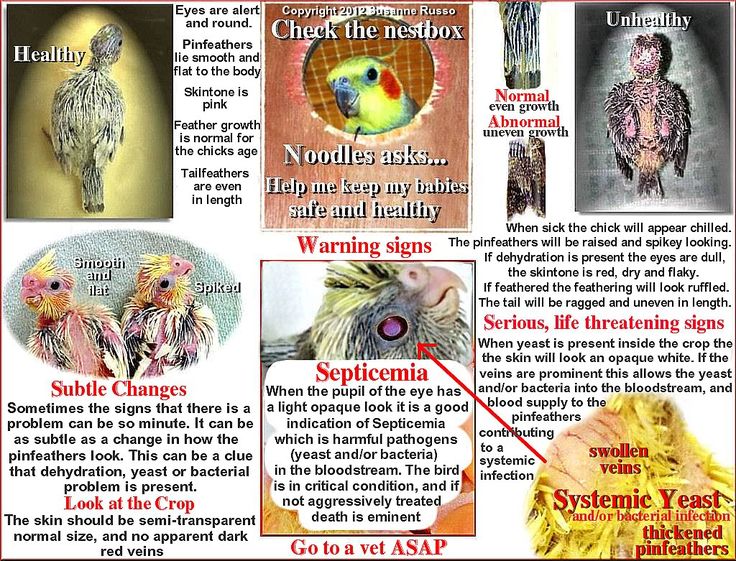 They are covered with long yellow down.
They are covered with long yellow down.
During the first days after the chicks hatch, the female feeds them with a yellowish-white liquid, which many breeders call crop milk. However, in the literature, this protein-rich mass is called the milk of the anterior stomach. nine0003
Female with chick
When the last chick appears, the parrots are not permanently in the nest, but fly out from there in search of food.
After 3-4 days, the female begins to give her chicks solid food (the male feeds the female sitting in the nest box, and she passes the food to the chicks) - semi-digested grains. It is best at this time, along with the grain mixture, to feed the parrots with germinated seeds.
The sounds made by chicks when they are hungry differ at different times in their lives. Very small chicks shout "Tzik!" or “Ttzit!”, and already grown-ups “croak” or “snor”. nine0003
By this time you should increase your daily allowance of supplementary food and grain mixture, and it is also useful for parrots to give boiled crushed chicken eggs. Many veterinarians do not recommend giving greens to birds during this period.
Many veterinarians do not recommend giving greens to birds during this period.
By the end of the 1st week, the eyes of the chicks open, and feather stumps begin to grow on the back and head. By the 11th-13th day, the chicks are completely covered with down, after which stumps of fly and tail feathers grow in them.
Only on the 16th-17th day, the flight feathers reach a significant size, and the chicks begin to become covered with stumps of covert feathers, becoming like small bristling hedgehogs. nine0003
Feathers on the back, head and wings appear in young parrots towards the end of the 3rd week of life. By the age of one month, the chicks are fully feathered. At the age of 35–40 days, the chicks leave the nest.
By this time, the chicks have already learned a lot. They can sit on a perch, take food, flap their wings. Some chicks are already trying to fly.
It happens that the female does not feed the chick in the first few hours after it hatches from the egg. You should not panic because of this: the chick has a certain reserve of nutrients in the yolk bladder, and it can live for several hours without receiving food. nine0003
If the female does not feed the chick even after 2–3 hours, this means that the parrot that has been born is either too weak to take food, or the instinct to feed the chicks has not worked in the female.
If you encounter this problem, move the chick to another nest containing newly hatched birds, or give the female a 4-5 day old chick from another nest to encourage her to feed with his squeak.
If this does not work, you can try to save the bird by artificial feeding. To do this, dilute the baby food (the mixture should be relatively liquid) and heat it to 35-37 ° C. Then take the chick in your hand, put it on its back, dip a small brush into the prepared mixture and bring a drop hanging from the end of the brush to the side of the parrot's beak. If the chick is not too weak, he will swallow a drop of food. Feed the chicks until full, every 2 hours (and at night too). nine0003
From the 7th day of life, the chicks can be fed every 3 hours and only from 6-7 to 22 hours. Every day, the dose of food must be increased and, in addition, baby cereal mixture should be added to it.
Little chicks look defenseless
Corellas that have reached the age of 14 days are already much easier to feed. Millet porridge can be added to the usual food of 2-week-old parrots (millet should be crushed).
Starting from the 20-21st day of life, the chicks can be transplanted into a cage or a small cage and begin to learn to take food from a long spoon inserted through a net or an open door. nine0003
This text is an introductory fragment.
Nursing chicks
Feeding chicks The process of feeding chicks in budgerigars begins 17 days after the female has taken up incubation. Starting from this moment, the female should receive daily, in addition to the usual food, an egg mixture, greens, finely chopped
Hypothermia (chicks hypothermia)
Hypothermia (hypothermia of chicks) As you know, in the first 30 days of life in birds, the thermoregulation system is imperfect and they need artificial heating. Under adverse conditions, especially when hypothermia, chicks gather near a heat source,
Hatchling period
nine0002 Hatching period for chicks In the finished nest, the female lays 4–6 white eggs, which then incubate for about 19–26 days. The bird warms the eggs with its body. In addition, twice a day she turns them over, constantly moving from side to side and from the center to the edge andChick-rearing period
Chick feeding period Chicks begin to emerge from eggs on the 19th-22nd day from the start of incubation. They are very helpless, slightly pubescent, almost naked, blind, with closed auditory canals. However, a few hours after hatching, they are already able to eat. nine0003
They are very helpless, slightly pubescent, almost naked, blind, with closed auditory canals. However, a few hours after hatching, they are already able to eat. nine0003
Cockatiel chick formula
Mixtures for feeding cockatiel chicks Mixture No. 1 Grated white crackers - 1.5 tablespoons, hard-boiled egg - 1 pc., Calcium gluconate - 2 tablets, glucose - 2 tablets, vitamin C - 1 dragee. Pound tablets and dragees to a powdery state, add grated
to themRemoval of chicks from parents
Removal of chicks from parents It is advisable to leave the chicks with their parents as long as possible. Usually cockatiels feed their chicks up to 2 months. But there are times when the female is preparing for the second clutch. In this case, the parents stop feeding the grown chicks. If it's
Diseases of chicks
Diseases of chicks Cockatiel chicks are more prone to various diseases and injuries than adult birds. To avoid the occurrence of infectious diseases, it is necessary to clean the breeding premises daily, thoroughly wash the feeders, drinkers, baths, perches, etc.
To avoid the occurrence of infectious diseases, it is necessary to clean the breeding premises daily, thoroughly wash the feeders, drinkers, baths, perches, etc.
Chick injuries
Chick injuries Parents often cause serious damage to chicks. For example, sometimes parrots pull feathers from chicks. As a rule, only one of the parents behaves this way, so you can try to remove the aggressive bird and leave the chicks to be raised
Feeding period for 1-2 week old chicks
nine0002 Feeding period for 1-2 week old chicks Mixture 1 Ingredients:> chicken eggs - 2 pcs.;> powdered milk formula with oatmeal for baby food - 1 tablespoon;> glucose - 3 tablets;> grated white crackers or semolina - 2 tablespoons;> calcium glycerophosphate orArtificial rearing of chicks
Artificial rearing of chicks If the bird actually refuses to feed the chicks from the very beginning, it is not very easy for an amateur to feed them, especially considering that in the first days after hatching, the chicks are usually fed with goiter milk, which is
Chicks appear
The appearance of chicks Canary chicks, as a rule, hatch from eggs on their own, without the help of a female. Their skin is covered with long sparse down (yellow, white, red and isabella chicks have pink skin and white down; green and gray canary chicks are born with dark
Their skin is covered with long sparse down (yellow, white, red and isabella chicks have pink skin and white down; green and gray canary chicks are born with dark
Nursing chicks
nine0002 Feeding chicks On the first day after birth, chicks are able to do without food, as they still have a certain supply of nutrients. But at the same time, all chicks without exception have an unconditioned beak opening reflex, whichCHICKEN DEVELOPMENT
CHICKEN DEVELOPMENT Chicks appear blind, covered with sparse filamentous down. Due to the lack of a constant body temperature in the first days of life, they need to be heated or protected from the scorching rays of the sun. The first hatched chick receives food from its parents after 4–6
CHICK FEEDING
FEEDING CHICKS The hatched chick is completely helpless, naked, barely covered with fluff and - in the first 7-8 days - blind.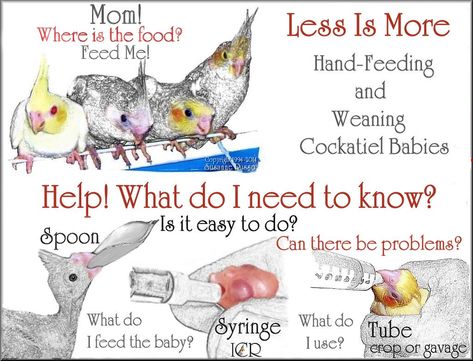 In a normally developed hatchling, the yolk sac should be fully retracted. Chicks with unretracted yolk sac usually
In a normally developed hatchling, the yolk sac should be fully retracted. Chicks with unretracted yolk sac usually
BATTLE FEEDING
nine0002 ARTIFICIAL FEEDING OF CHICKS The mass of the hatched chick is 13–18 g, after 2 days it is twice as much, and by the age of one month it reaches 260–380 g, depending on the breed. After hatching, the chick can live without food for about a day, after which it dies. Left in the nestNursing chicks
Feeding chicks Approximately 6 hours after hatching, “bird's milk” is formed in the goiter of the parents, with which they feed their brood during the first 10–12 days. The composition of goiter milk includes protein (10–19%), fat and fat-like substances (7-13%), minerals and
Feeding parrot chicks | Tail News
Contents
one Feeding parrot chicks on your own 2 How to prepare and give the mixture? nine0003
3 minutes
estimated reading time
Breeding parrots is an exciting but very responsible process. When breeding, you need to be prepared for a number of difficulties. Often, the newly-born mother refuses her offspring, and then the care of the life of the chicks falls entirely on the shoulders of the person. How to proceed in this case? Is it possible to feed chicks left without mother's care?
When breeding, you need to be prepared for a number of difficulties. Often, the newly-born mother refuses her offspring, and then the care of the life of the chicks falls entirely on the shoulders of the person. How to proceed in this case? Is it possible to feed chicks left without mother's care?
nine0002 Mother rejection of clutch or already hatched chicks is a serious problem faced by many bird owners. Unfortunately, the probability of death of babies in this case is very high, so you need to respond quickly and correctly.
In nature, the first food of chicks is goiter mother's milk. It provides babies with all the necessary nutrients and serves as the basis for rapid and harmonious growth. But under the influence of various factors, the female may refuse to feed her offspring or begin to show aggression towards him, and she has to be isolated. If it is possible to "put" the chicks to another feeding bird, the problem is usually solved. Another parrot takes care of other people's offspring and raises healthy chicks. But, you see, not every breeder will have several lactating females at the same time, which means that the owner has to organize the feeding of parrot chicks on his own. nine0003
Another parrot takes care of other people's offspring and raises healthy chicks. But, you see, not every breeder will have several lactating females at the same time, which means that the owner has to organize the feeding of parrot chicks on his own. nine0003
Feeding parrot chicks yourself
Experienced craftsmen can feed babies with natural food, preparing liquid gruels from semolina or wheat groats on the water. However, there are a huge number of nuances in feeding chicks, which are extremely difficult to take into account with a natural type of feeding (for example, a strict balance of fats and proteins). The chicks are very weak, and any, even seemingly the most insignificant mistake (insufficient quality cereals and water, the presence of seasoning, etc.) can lead to fatal consequences. Whether it is worth risking the health of newborn crumbs is up to you. But we recommend that you approach the issue professionally and use a special ready-made mixture for feeding parrot chicks. nine0003
nine0003
On the Russian market, such a mixture is represented by the Micropills Baby Birds line. This is a ready-made, carefully balanced mixture that is suitable for the chicks of any parrots and other birds. It is made from delicate fine flour (wheat, peas, chickpeas, lentils) and does not contain soy. The composition of the mixture includes fructose - a natural source of carbohydrate for parrots, and wheat gluten and table egg protein act as a protein source. The complex of nutraceuticals, which is also part of the mixture, strengthens the body and promotes the proper development of organs, which is very important for a fast metabolism. How to use such a mixture? nine0003
You will need boiling water to dilute the mixture. The proportions of mixture and water depend on the days of feeding and are calculated in accordance with the attached instructions. For example, in Micropills Baby Birds:
-
1st day: 1 part food to 4 parts water;
-
2-3rd day: 2 parts food to 3 parts water;
-
Days 4-15: 3 parts food to 3 parts water; nine0003
-
from day 16: 5 parts food to 3 parts water.
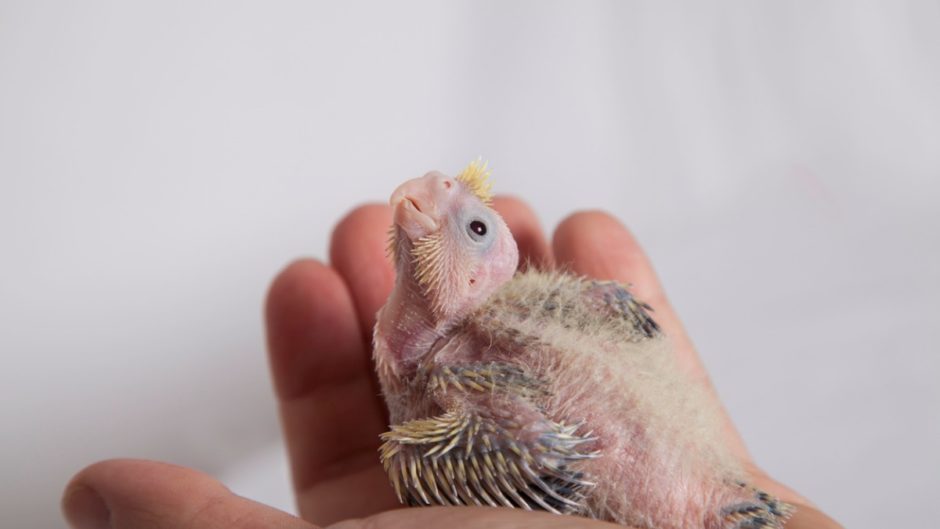
The first feeding should be carried out 12 hours after the chicks have hatched. While they are very small, it is recommended to feed them once every two hours. Over time, the interval between feedings increases. You can regulate it by filling the goiter in the chicks.
How to prepare and give the mixture? nine0137
The optimal amount of the mixture is poured with boiling water and infused for several minutes. When the temperature of the resulting slurry drops to 38 ° C (but not lower than 36 ° C), it is thoroughly stirred and manually given to the chick (from a syringe without a needle or from a special spoon). The finished mixture is not subject to storage, and for each meal the mixture is diluted anew.
The whole cooking process takes a few seconds, and this is very convenient, as it provides significant time savings. All components are calculated in the finished mixture, and you no longer have to worry about the quality of food for the chick. nine0003
nine0003
Many breeders supplement the chicks with clean water, but this is not necessary, as the porridge contains enough liquid for the chicks.
Gradually, you need to start feeding the kids from a teaspoon. Chicks must learn to take food from a spoon on their own. As a rule, at first they eat without appetite, but, having got used to it, they themselves open their beak at the sight of a spoon brought to them.
Birds grow very quickly, and when your parrot is 1 month old, it can already be transferred to adult food - most importantly, gradually. Usually, special balanced ready-made feeds are introduced into the diet of the chick as soon as he learns to fly. When choosing food, give preference to trusted brands, because the health of your wards depends on the quality of the diet. nine0003
Do not forget about clean water and mineral stone (or top dressing). From the moment of transfer to adult food, they should always be in a cage.
Health to your chicks, and let them grow bright and strong!
Other related articles
How to feed a parrot?
Prevention of problems with the gastrointestinal tract.